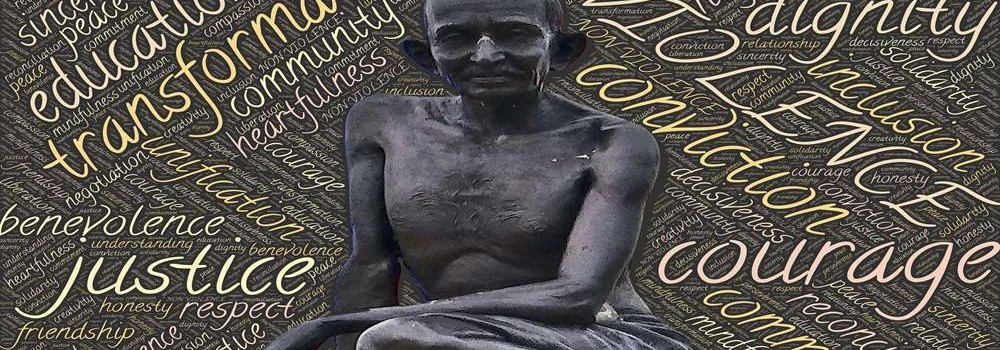- Home
- Business Processes
- Industry Knowledge
- Aerospace Industry
- Automotive Industry
- Banking Domain
- BFSI Industry
- Consumer/ FMCG Industry
- Chemicals Industry
- Engineering & Construction
- Energy Industry
- Education Domain
- Finance Domain
- Hospitality Domain
- Healthcare Industry
- Insurance Domain
- Retail Industry
- Travel and Tourism Domain
- Telecom Industry
- Leadership Skills
- eLearning
- Home
- Leadership
- Leadership Styles
Leadership Styles

Different Styles of Leadership
What kind of leader do you want to be? When you work most effectively as a leader? Learn to adapt to various leadership styles based on the needs and demands of the situation.
TechnoFunc brings to you a complete framework on leadership styles to help you refine your own thinking about what leadership is and what kind of leader you'd like to be. There seem to be as many different ways to lead people as there have been great and effective leaders. They all used different approaches that were suitable to their specific situations and circumstances. Learn how to adopt different leadership styles in your real life or career situations, based on the needs and demands of the situation and become the leader you'd like to be!
Bad Leadership Style

A good leadership style is something that every effective leader must have in order to succeed, but identifying what that entails or does not entails might be difficult to understand. Most of the research on leadership focuses on the exemplary, best practices, and positive attributes of effective and successful leaders. This article talks about a new approach to learn leadership using lessons from bad leadership. That is the lessons to be learned by examining leaders who have not effectively exercised their power, authority, or influence.
Bureaucratic Leadership Style

Bureaucratic leadership relies on a clear chain of command and strict regulations. Bureaucratic leadership style is a very decent style for work involving serious safety risks, such as handling toxic substances, moving large objects. The focus is on compliance with rules and laid down procedures to make sure that the group is doing their job correctly and safely. Learn some advantages and disadvantages of this style and situations in which this style could prove to be effective.
Characteristics of Leadership

There are four characteristics of leadership that help us to understand the character of leadership as a concept. 1. Leadership is a process, 2. Leadership involves influence, 3. Leadership always occurs in a group context and 4. Leadership involves goal attainment. These are the four components that make up the character of the 'leadership' term and help us to define the leadership concept. All of these components of leadership have common characteristics.
Charismatic Leadership

Charisma is a certain quality of an individual personality, by virtue of which he is set apart from ordinary men. Charismatic Leader gathers followers, through dint of personality and charm. Understand the meaning and concept of Charismatic Leadership and the qualities of a charismatic leader. Gain an understanding of the advantages and disadvantages of using charismatic leadership. Finally, explore the difference between charismatic and transformational leadership.
Collaborative Leadership

Collaborative leadership is all about collaborative problem-solving and decision-making or can also be defined as the leadership of a collaborative effort. . The term started to appear in the mid-1990s in response to the formation of long term public-private partnerships to rebuild public infrastructure. Learn how you can use principles of collaborative leadership to enhance your leadership skills for being an effective leader.
Explore Our Free Training Articles or
Sign Up to Start With Our eLearning Courses

About Us
Learning
© 2023 TechnoFunc, All Rights Reserved